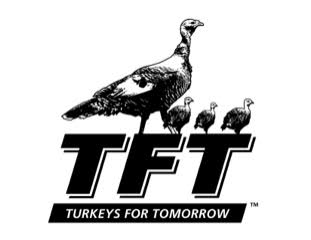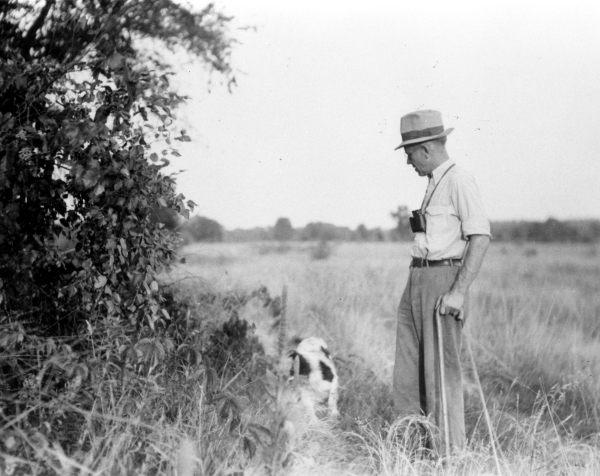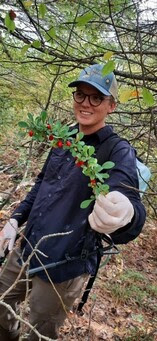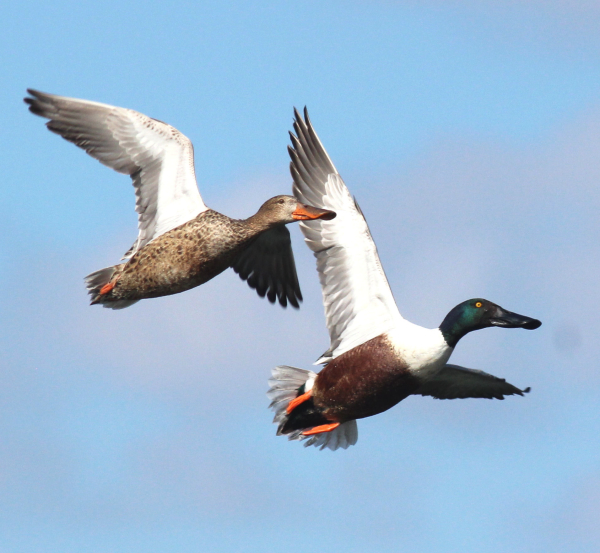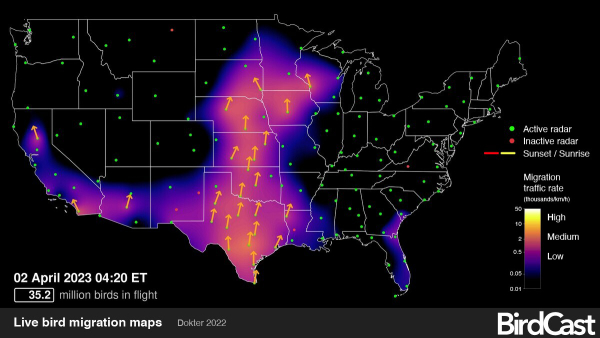First Case of SAR-CoV-2 Detected in California Wildlife
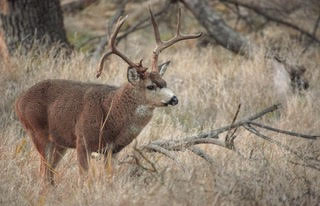
SARS-CoV-2, the virus that causes COVID-19, has been detected for the first time in free-ranging California wildlife.
One hunter-harvested mule deer, a buck from El Dorado County, was confirmed to be infected with SARS-CoV-2. The deer was harvested in 2021 and sampled by the California Department of Fish and Wildlife (CDFW) for chronic wasting disease (CWD) surveillance. It was negative for CWD and did not show any outward signs of illness.
In California, SARS-CoV-2 has been confirmed in pets and zoo animals, but never in free-ranging wildlife. Following reports of SARS-CoV-2 detections in free-ranging white-tailed deer and mule deer in other states and Canadian provinces, CDFW tested archived deer samples for SARS-CoV-2. The samples consisted of lymph nodes collected as part of CDFW’s CWD surveillance efforts. CWD has never been detected in California’s deer or elk populations.
CDFW submitted archived samples from 170 black-tailed and mule deer collected in 2020 and 209 black-tailed and mule deer collected in 2021. Initial testing for SARS-CoV-2 was conducted at the California Animal Health and Food Safety Laboratory at UC Davis, and confirmatory testing was conducted by the U.S. Department of Agriculture (USDA) Animal and Plant Health Inspection Services (APHIS) National Veterinary Services Laboratories in Ames, Iowa. Read more

